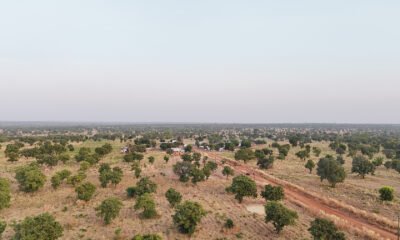News
Early Detection, Better Survival: Why cancer diagnostics matter
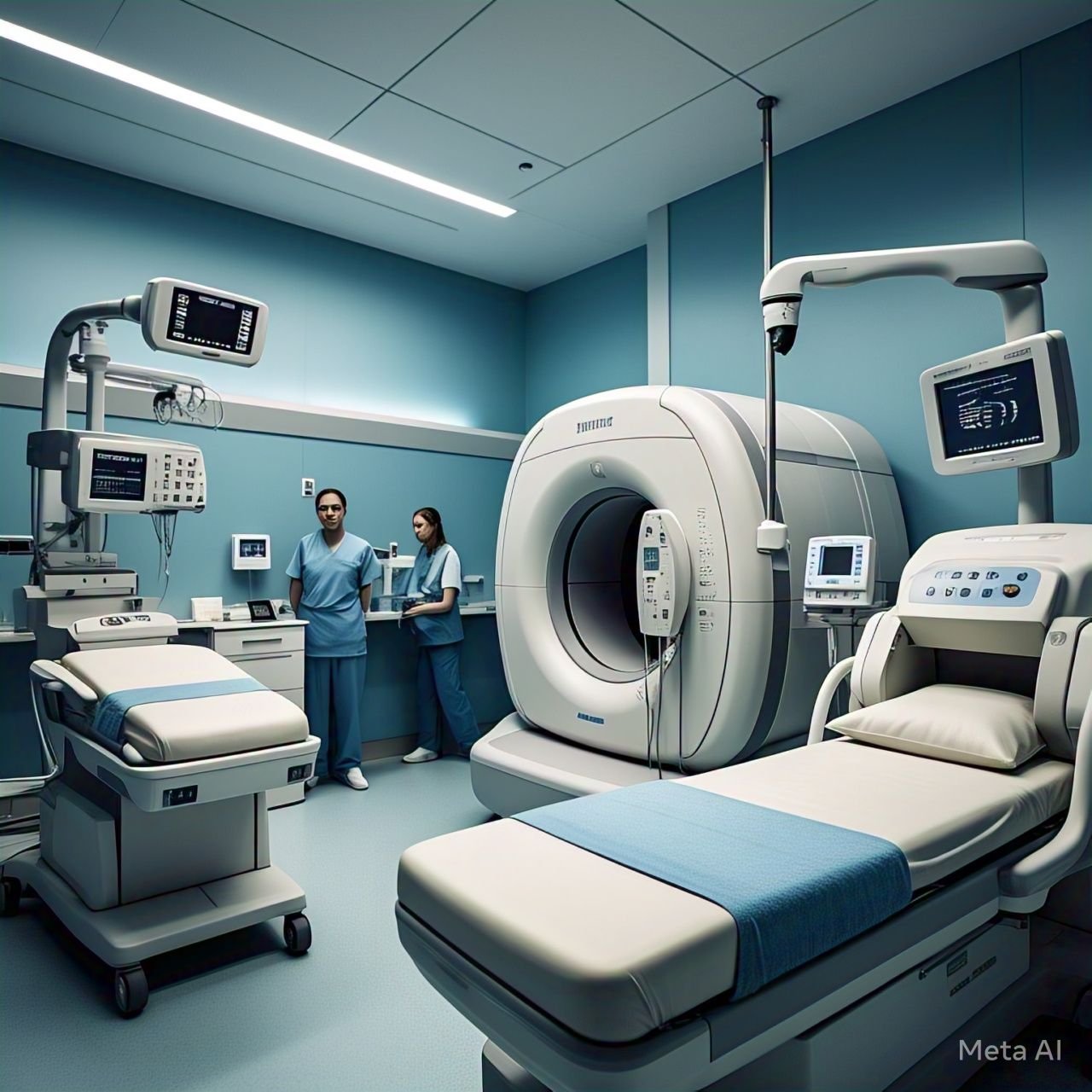
For years, 39-year-old Effia from Krofrom, a village in Ghana’s Ashanti Region, endured persistent breast pain.
Since 2015, she had noticed the discomfort but kept postponing a hospital visit, fearing the financial burden of any potential diagnosis. As a single mother, she simply could not afford it.
Instead, she turned to prayers, painkillers, and herbal remedies.

But when her breast began to ulcerate, she finally sought medical help. By then, it was too late—the cancer had already spread to her bones.
Referred to a tertiary hospital, Effia was diagnosed with stage four breast cancer. She fought bravely through treatment, but the disease claimed her life, leaving behind a now 13-year-old daughter to face life without her mother.
Effia’s story is not unique. Across Ghana and other low-and middle-income countries (LMICs), many people are losing their lives to cancer due to late detection and diagnosis, severely affecting treatment outcomes and survival rates.
The Rising Cancer Crisis in Ghana
According to the World Health Organization (WHO), cancer is responsible for nearly 10 million deaths annually, with one in six deaths worldwide linked to the disease.
Alarmingly, over 70% of these deaths occur in LMICs, including Ghana, where 27,385 new cases and 17,944 cancer-related deaths were recorded in 2022 alone.
Health experts attribute Ghana’s rising cancer incidence and mortality rates to several factors, including lifestyle changes, inadequate healthcare infrastructure, and delayed diagnoses.
However, there is hope. Various stakeholders—including government agencies, civil society organizations, private-sector players, and development partners—are working to improve public awareness, screening, treatment, and research to curb the country’s growing cancer burden.
Barriers to Effective Cancer Care
Despite these efforts, significant challenges remain. The country faces critical shortages in cancer diagnostic equipment, treatment centers, and trained health personnel. This gap, experts say, is costing lives.
“The gap is wide in terms of infrastructure—diagnostic centers, treatment centers, and their unequal distribution between urban and rural areas. Even screening exercises are mostly centered in Accra and major cities.This contributes to misdiagnosis, late diagnosis, and higher mortality rates,” said Eric Odei Brobbey, Head of the Chemotherapy Unit at the Surgical Department of Korle-Bu Teaching Hospital.
Mr. Brobbey emphasized that while training health personnel is crucial, access to diagnostic tools is even more important for early detection and treatment.
“Take breast cancer, for example, I’m told that in all five northern regions of Ghana, there is no mammogram machine. Imagine how difficult it is to diagnose breast or any other form of cancer in these areas,” he added.
“Some patients must send samples all the way to Korle-Bu in Accra or Komfo Anokye in Kumasi for pathological analysis before they can even begin treatment. If we don’t address this, misdiagnosis will persist, and preventable deaths will continue,” he warned.
Calls for Policy Changes and Investments
As Vice President of the Cancer Support Network Foundation, Mr. Brobbey is advocating for greater government intervention, urging authorities to invest in cancer diagnostics and treatment at the regional level.
He also called for the inclusion of full diagnosis and treatment of leading adult cancers under Ghana’s National Health Insurance Scheme (NHIS).
Beyond government action, he stressed the need for public-private partnerships to strengthen cancer care delivery.
He encouraged Ghanaians to be proactive about their health, urging them to seek second opinions if they have doubts about their diagnoses.
“If you are unsure about a diagnosis or the treatment you’re receiving, insist on a second opinion or request a referral to a bigger facility. Don’t wait—by the time you realize it, the cancer might have progressed to an advanced stage,” he advised.
The Role of the Private Sector in Cancer Care
Private sector players like Siemens Healthineers, a global healthcare technology company, are stepping in to support Ghana’s fight against cancer.
The company has been instrumental in installing advanced diagnostic equipment such as CT and MRI scanners, cath labs for cardiovascular care, X-ray, and ultrasound machines in key hospitals in Accra and Kumasi.
“Besides cities, we are also reaching the remote areas of Ghana – a rural hospital in Akwatia now has a CT and MRI, which is the first such in the district and patients need not travel to cities anymore to access these facilities,” Tisha Boatman, Executive Vice President of Siemens shared.
Moved by personal experience, Siemens Healthineers has also recently partnered with the City Cancer Challenge Foundation (C/Can) and Breast Cancer International (BCI) a non-profit organisation, to improve breast cancer advocacy and reduce the time between diagnosis and treatment.
“The motivation stems from the high incidence of breast cancer and the challenges Ghanaian women face in accessing timely diagnostics and treatment, leading to lower survival rates when diagnosed late,” said Boatman, also a breast cancer survivor
She remains optimistic that by 2025, the programme will significantly reduce the time from diagnosis to therapy, saving countless lives.
Adding that “To the Executive President, access to health care healthcare should not be a privilege reserved for a few but a fundamental right for all, regardless of social status, education, or economic background.”
“My advice to all women is this: Examine yourself regularly and demand the best treatment—because we all deserve it, no matter who we are,” she urged.
The Way Forward
The theme for World Cancer Day 2025, “United by Unique”, underscores the importance of recognizing each individual’s distinct cancer journey while advocating for people-centered care.
This is particularly relevant in cancer diagnostics, where advancements in precise medication, early detection, and tailored treatment play a crucial role in improving patient outcomes.
As Ghana grapples with multiple public health challenges, improving cancer diagnosis and treatment must become a national priority.
Public-private partnerships, investment in healthcare infrastructure, and widespread awareness campaigns will be crucial in ensuring timely and effective cancer care.
For now, one message is clear: early detection saves lives and that thrives on accurate diagnosis and for thousands of Ghanaians, this could mean the difference between life and death.
BY ABIGAIL ANNOH
News
Mrs Dotse-Ametsi installed as Devt Queen
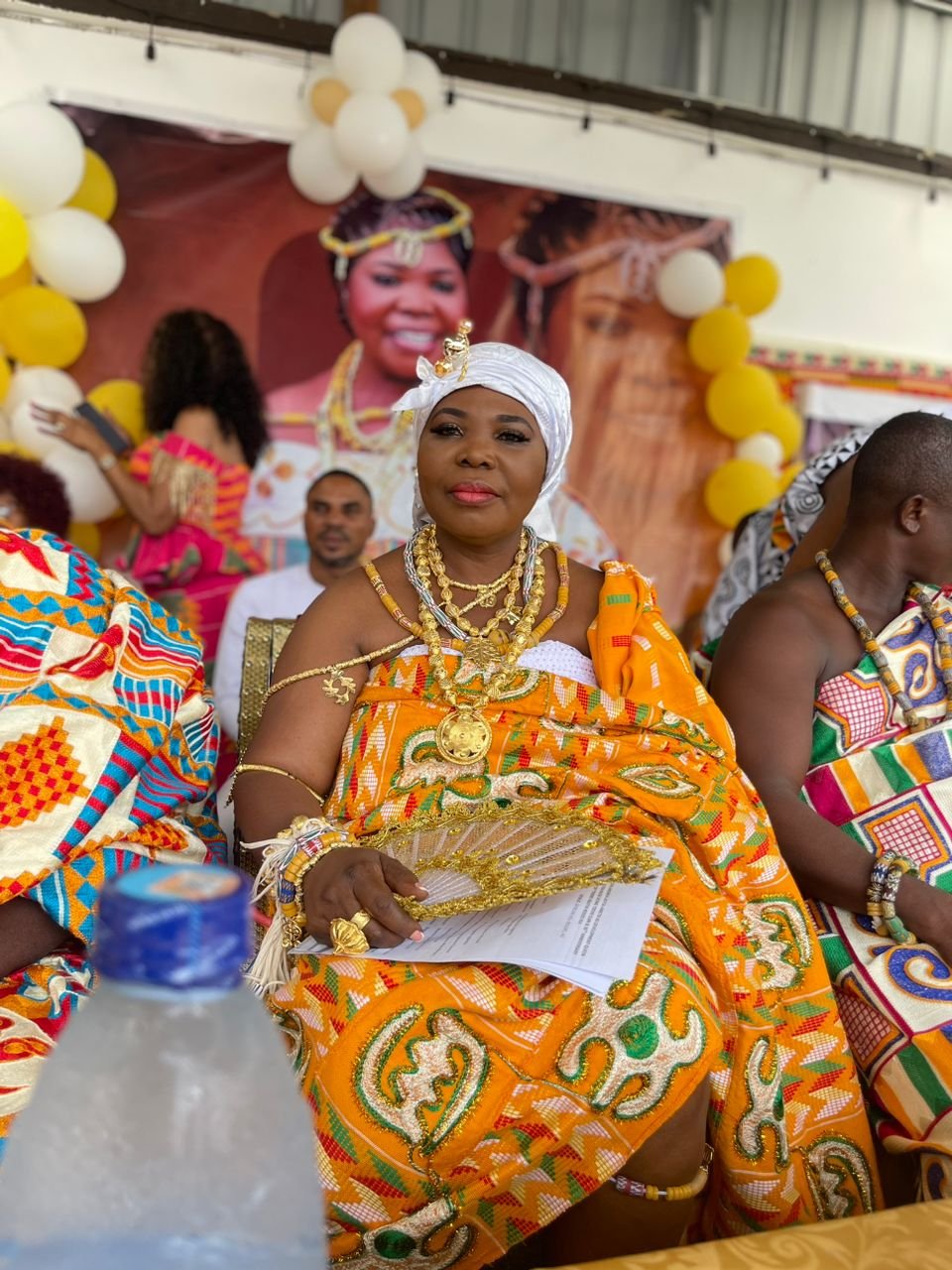
The Dome-Tsevie clan of Abutia-Kloe in the Ho West District of the Volta Region last weekend outdoored Mrs Joycelyn Akorfa Dotse-Ametsi as a Development Queen.
The ceremony which attracted traditional, political and business executives among others had Mr Bernand Mornah of the People’s National Convention Party as the special guest of honour.
Mrs Dotse-Ametsi with the ceremonial name of Mama Woe-Nenyo I, was tasked with liaising and spearheading development projects and educational reforms among others.
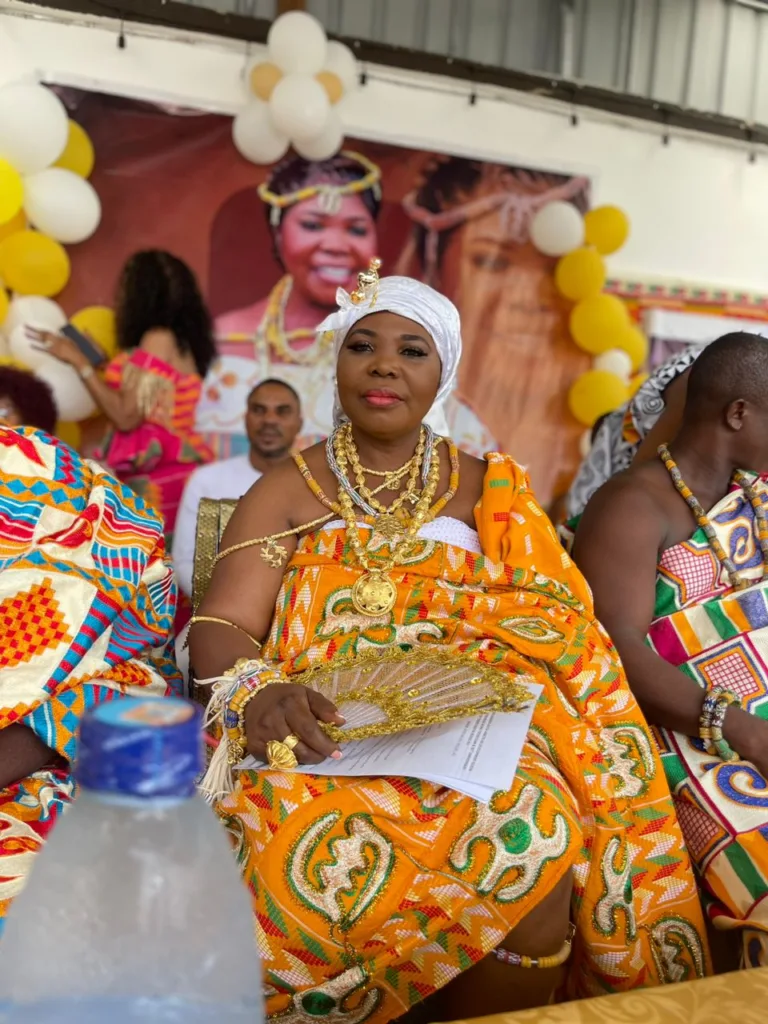
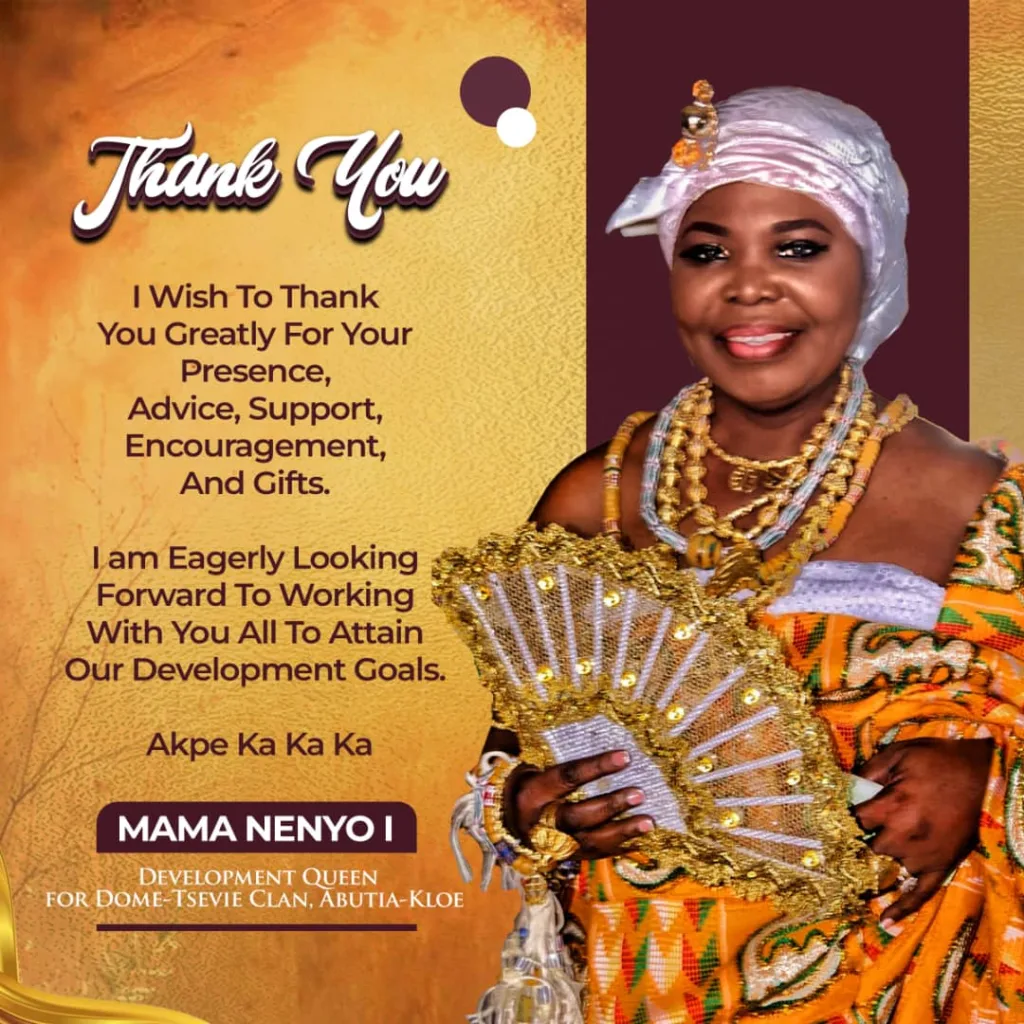
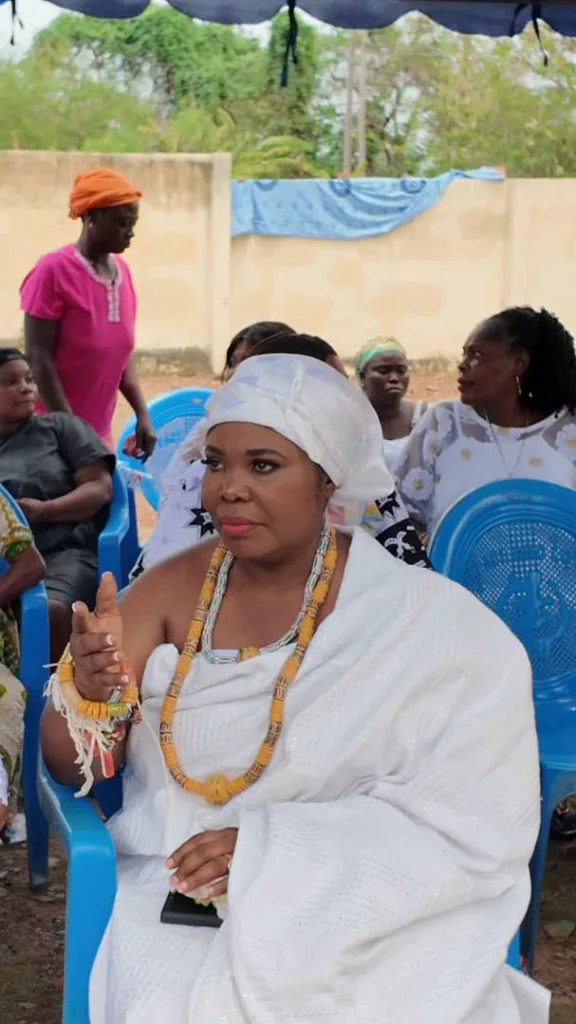

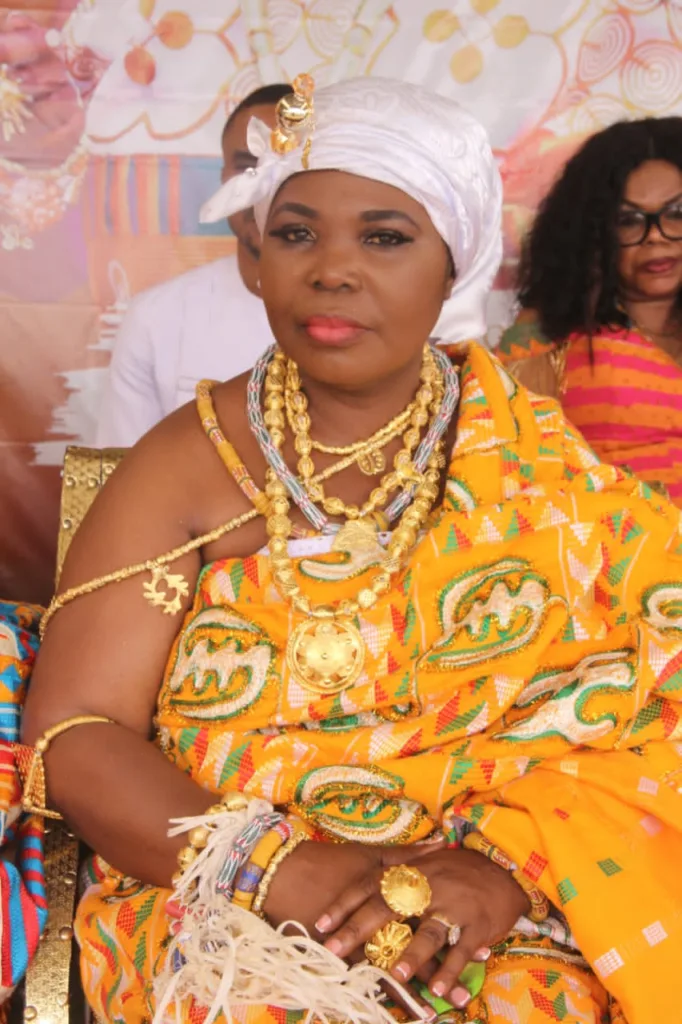

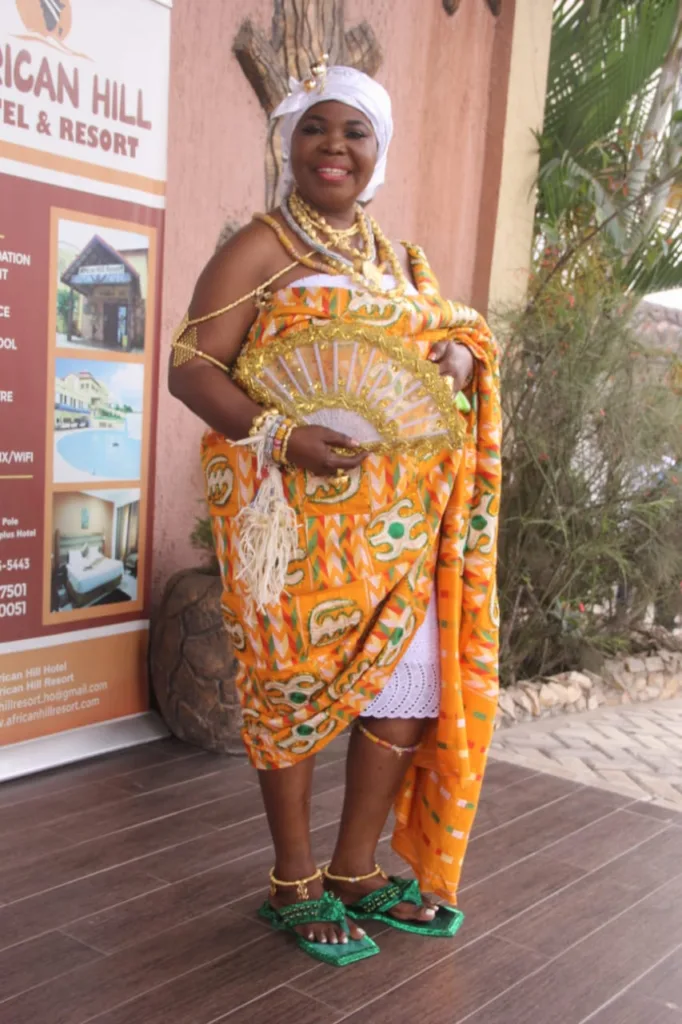
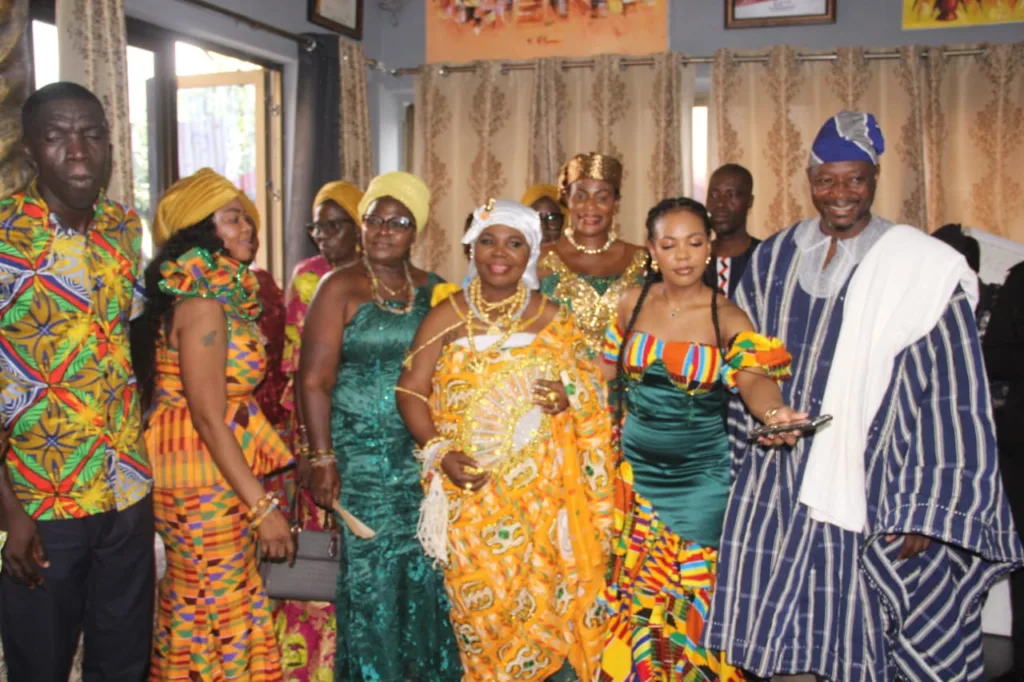
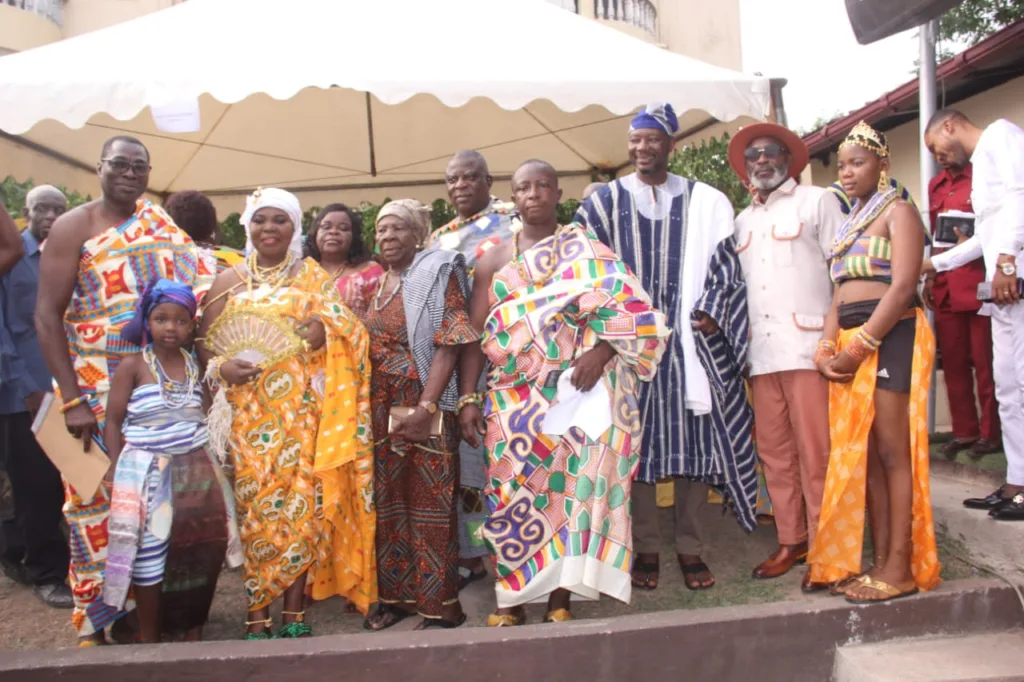
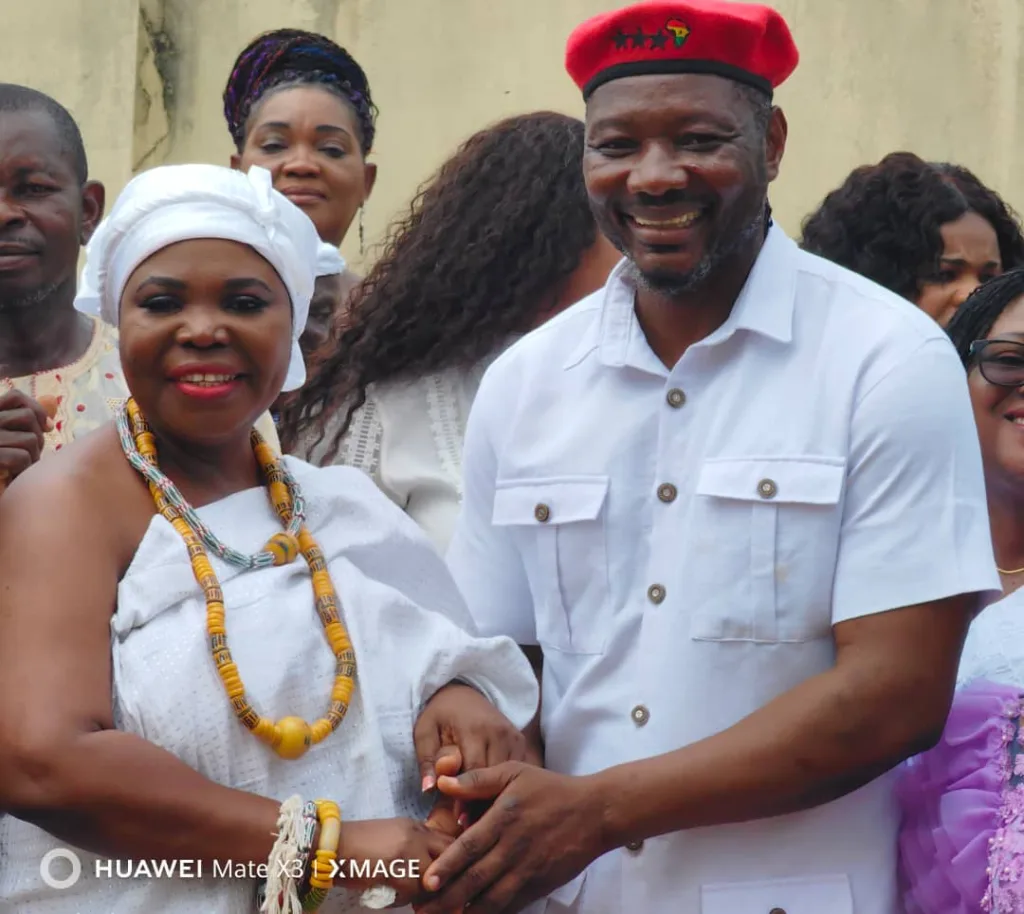
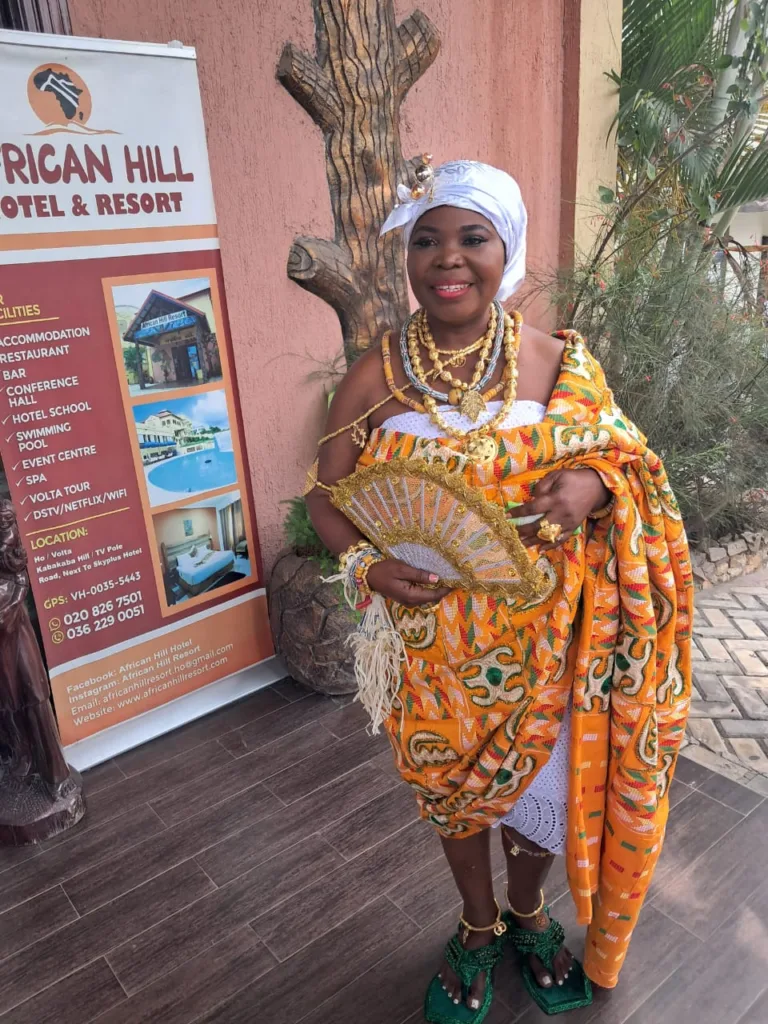
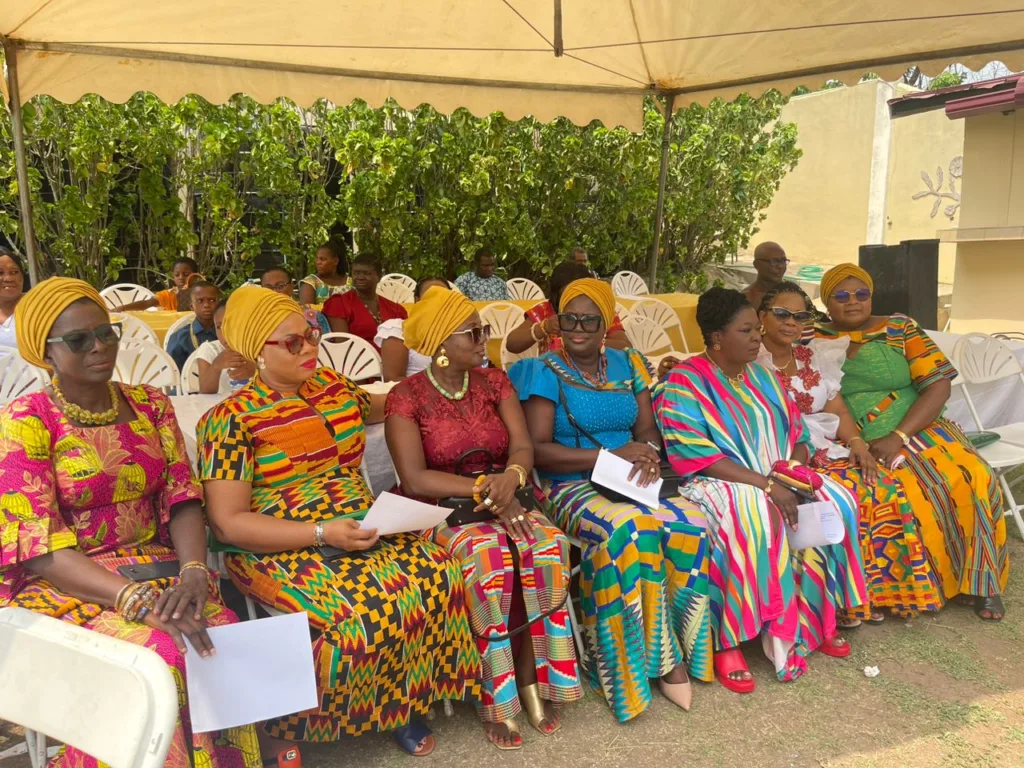
The ceremony also coincided with the 30 years anniversary of the death of Torgbe Abutia Kodzo XVI (ex-President of the Volta Regional House of Chiefs) who happened to be her father.
Mama Woe-Nanyo I promised to adhere to the promise and expectations her clan has in her and not depart from the honour and respect her father radiated during his reign.

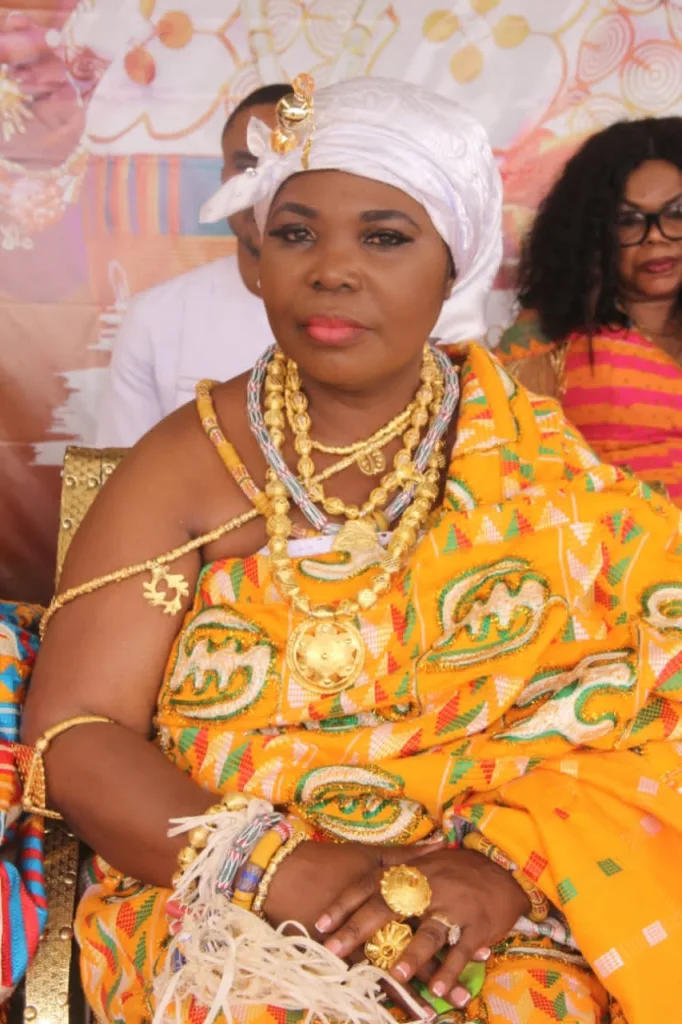
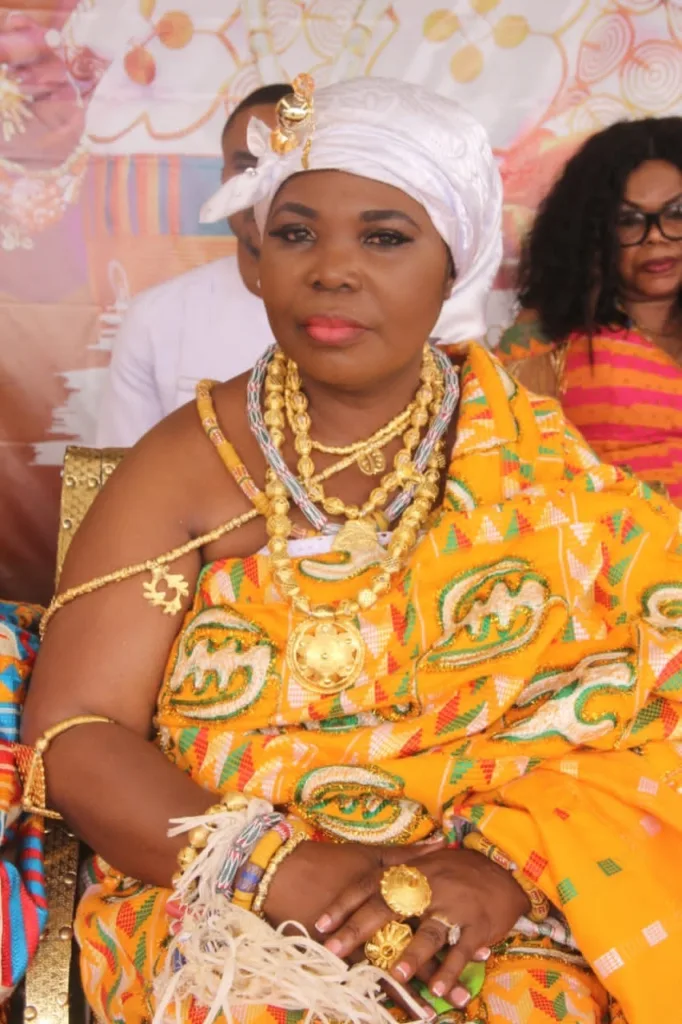
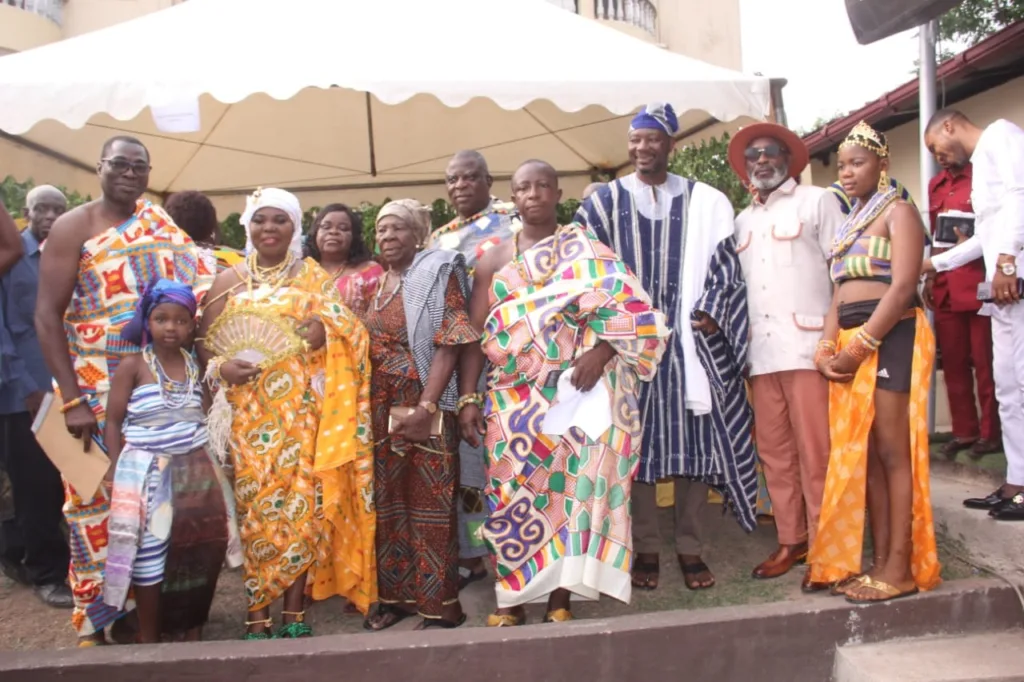
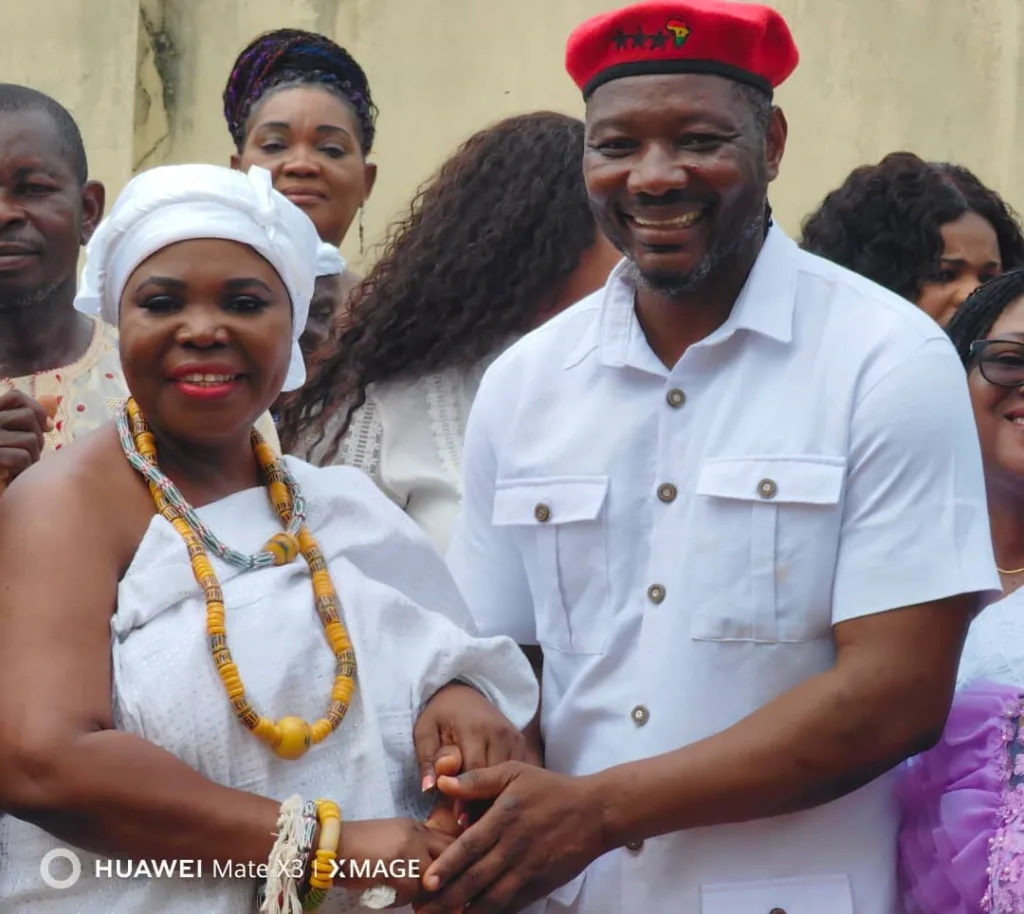
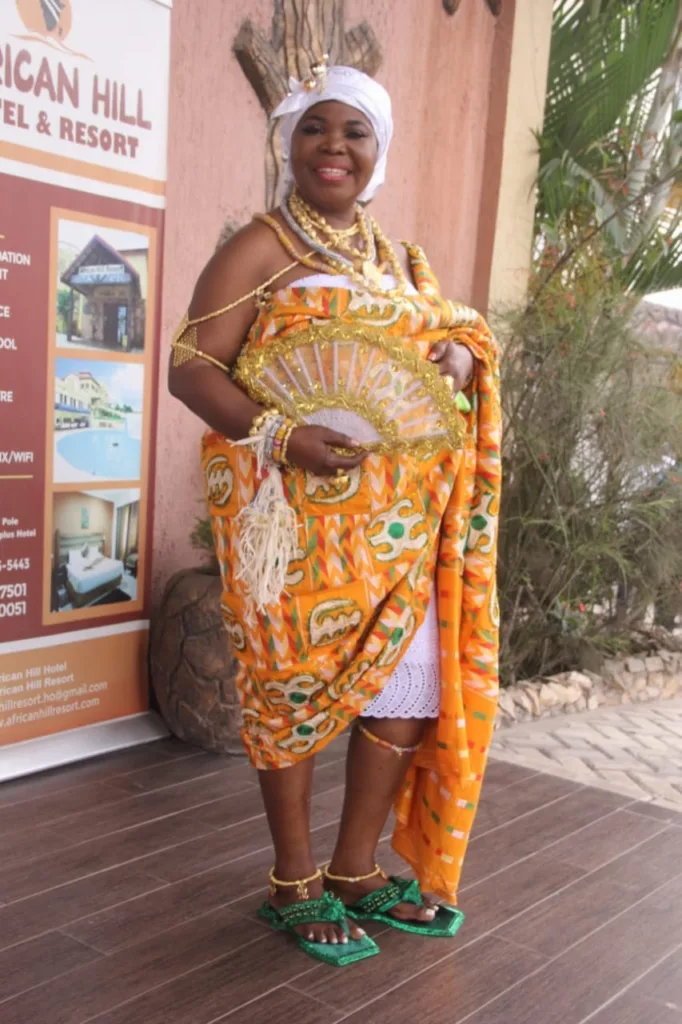
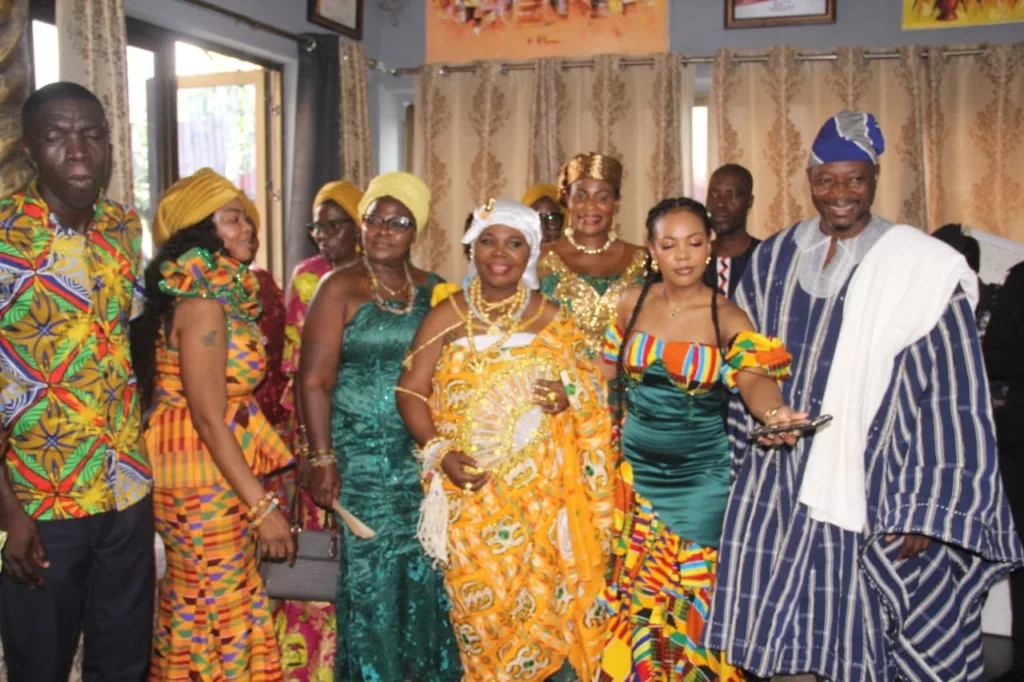
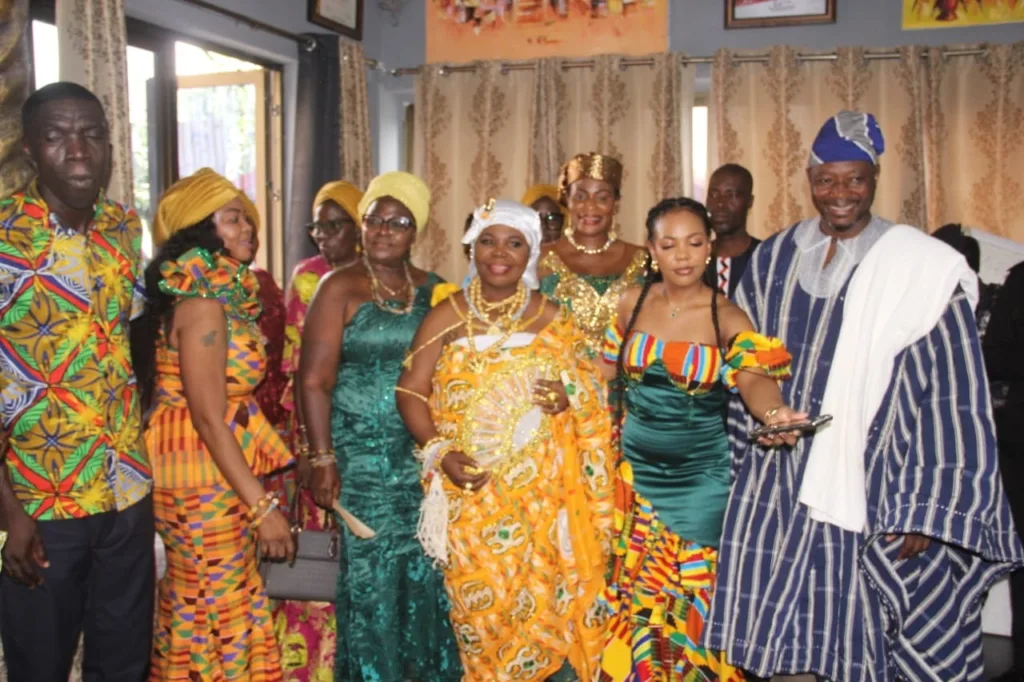
She called for the various clans of Abutia-Kloe to come together for the rapid development of Kloe and the Abutia Traditional Council.
News
The Golden Gift of the Savannah: The untold story of Shea Nut and Shea Butter
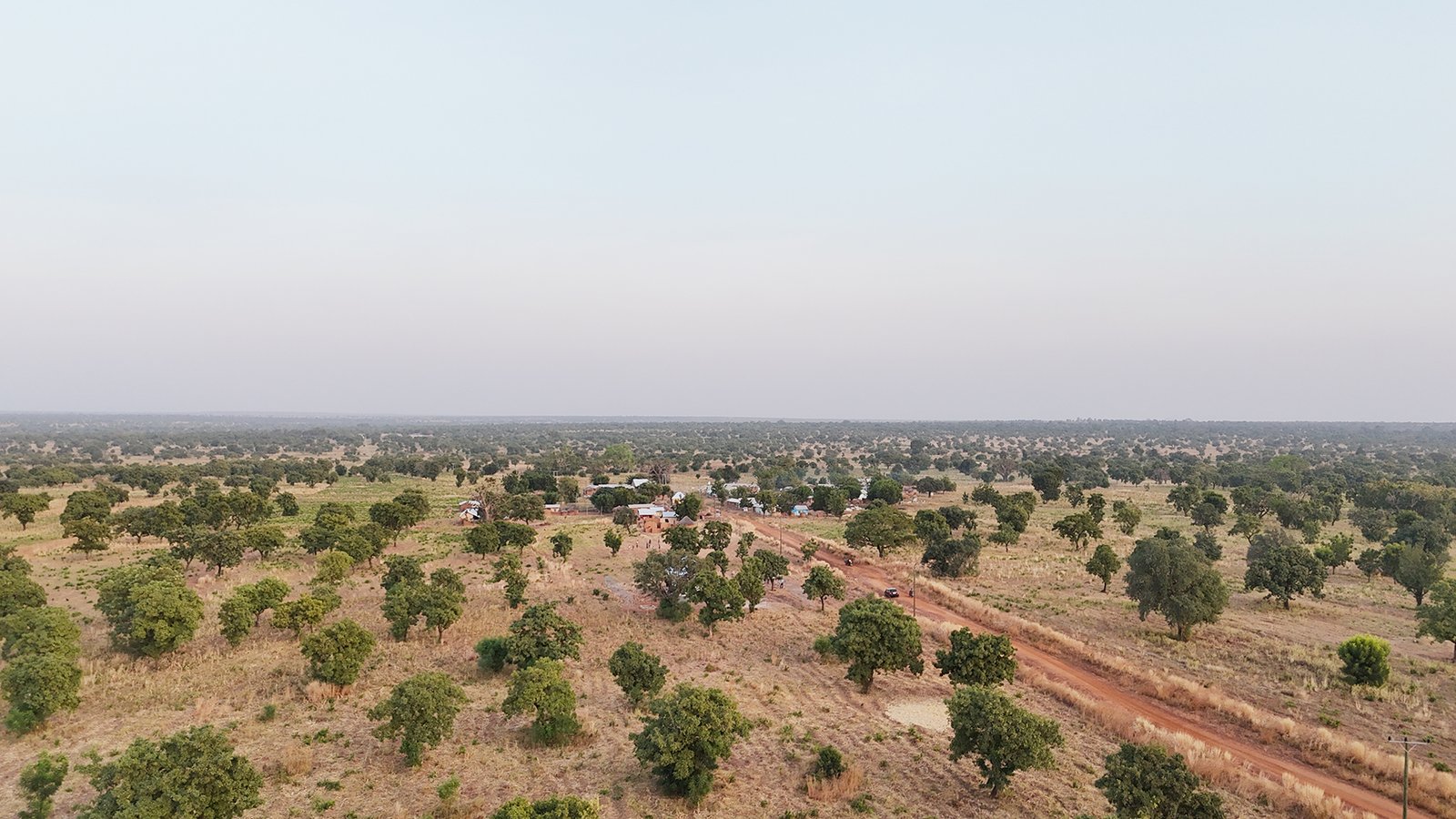
In the vast Savannah of Northern Ghana, where the sun ‘kisses’ the earth stands a tree revered for its economic and cultural significance – the shea tree.
For centuries, the shea nut plucked from this resilient tree, has been the lifeblood of countless women and communities, shaping economies, traditions, and futures across the northern regions of Ghana.
To many women, shea butter is not merely an ingredient in cosmetics and skincare.
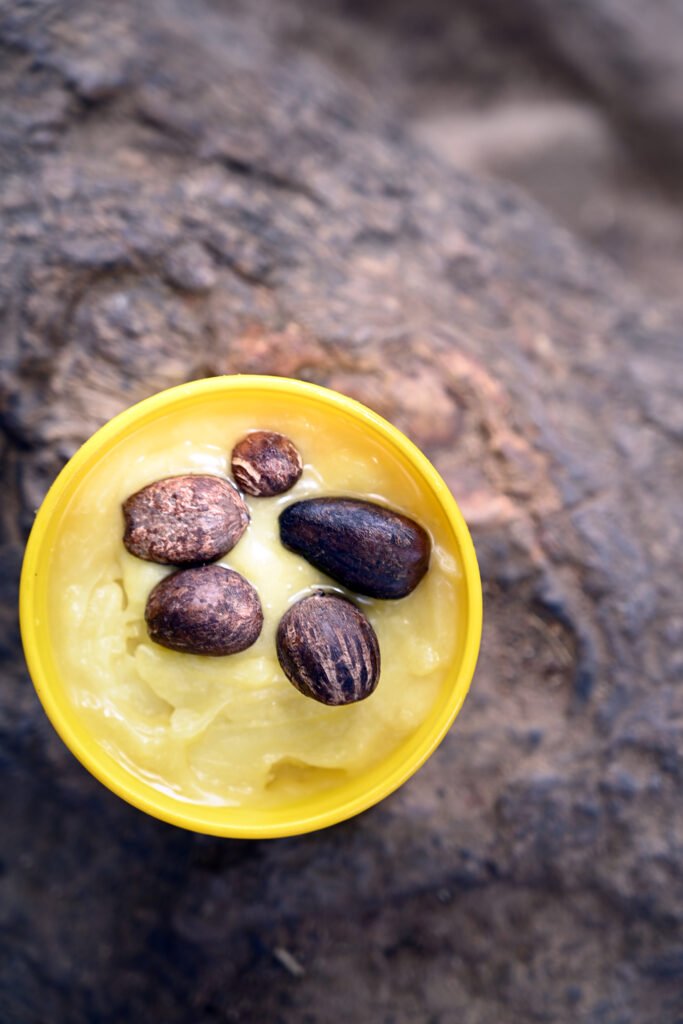
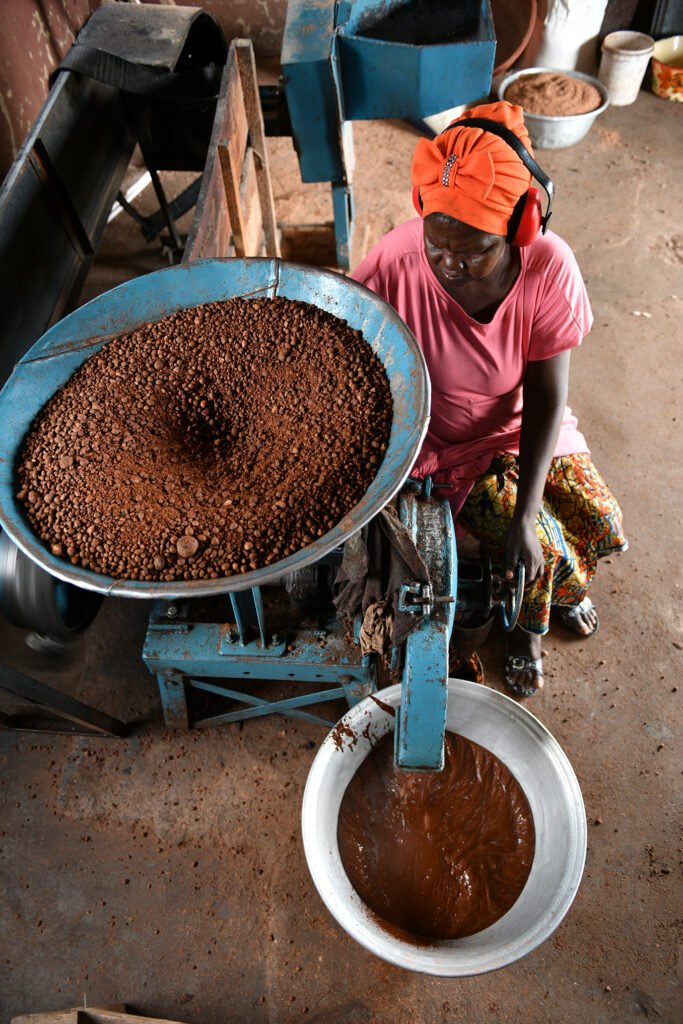
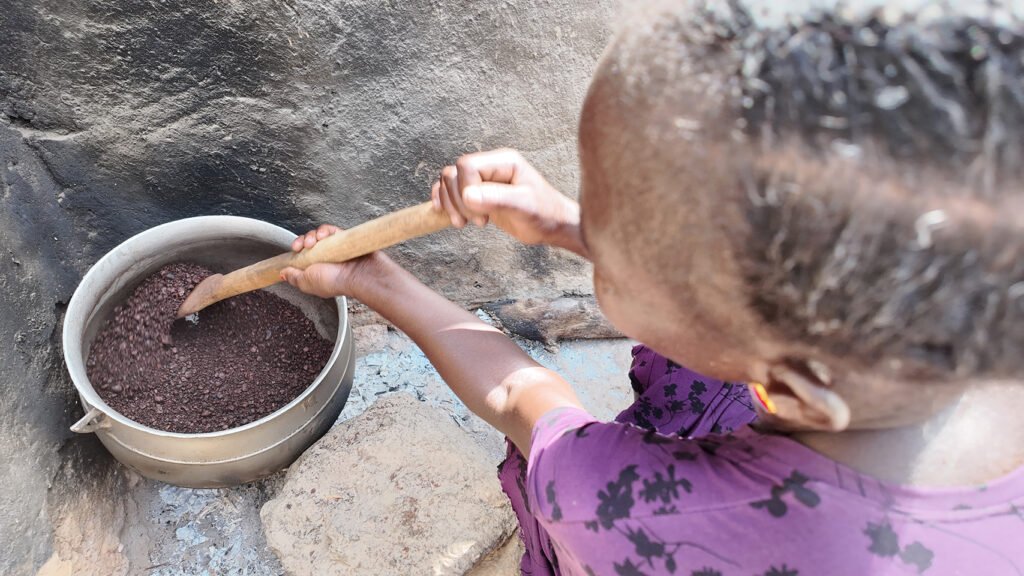
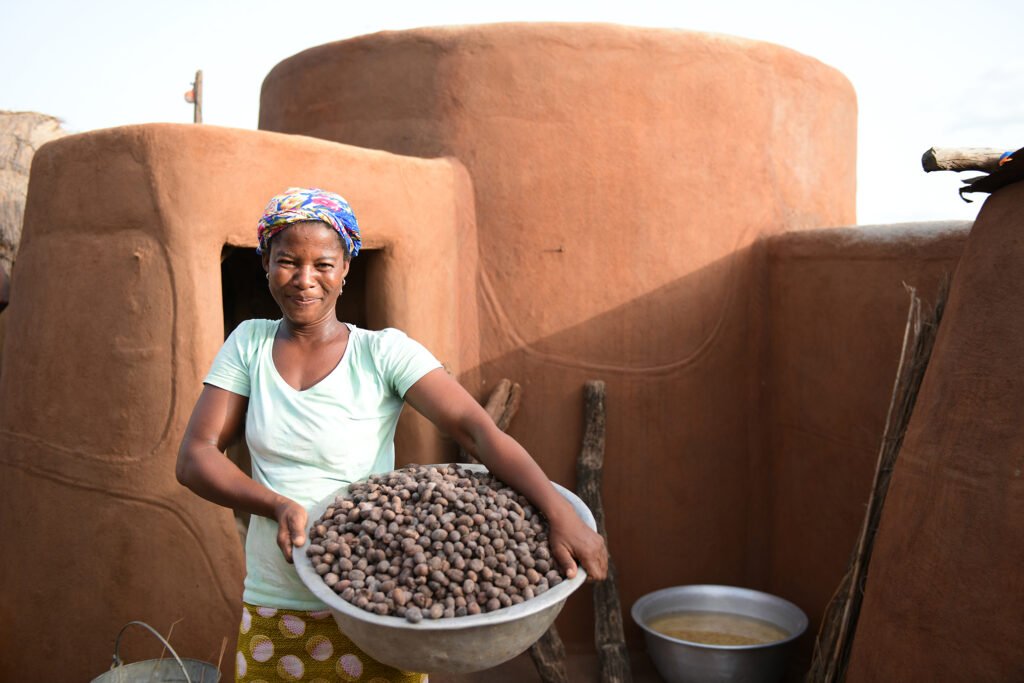
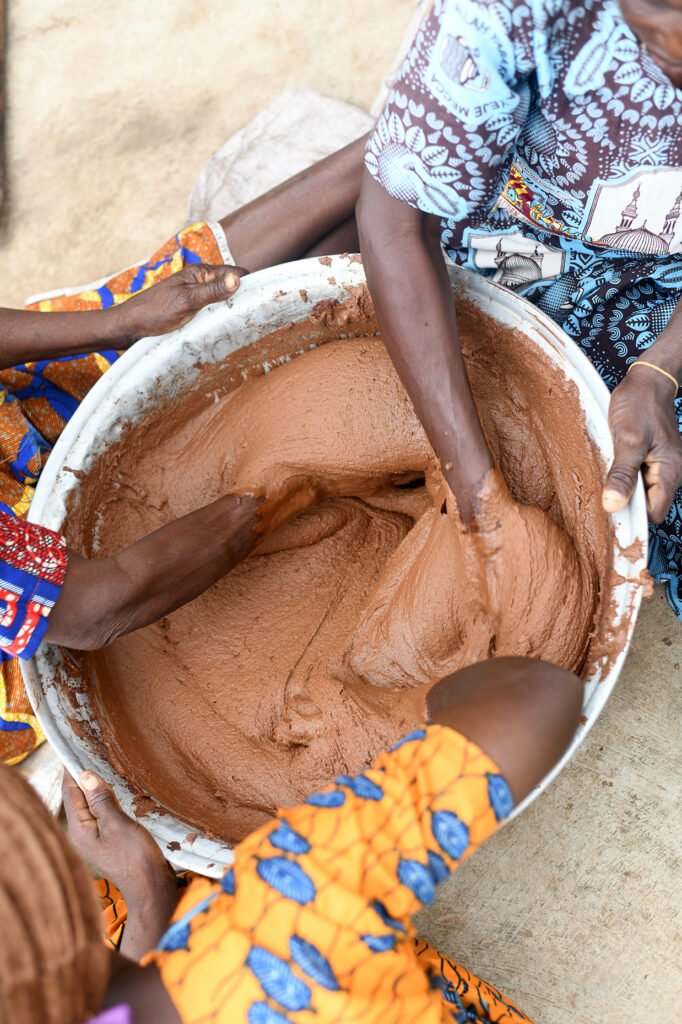
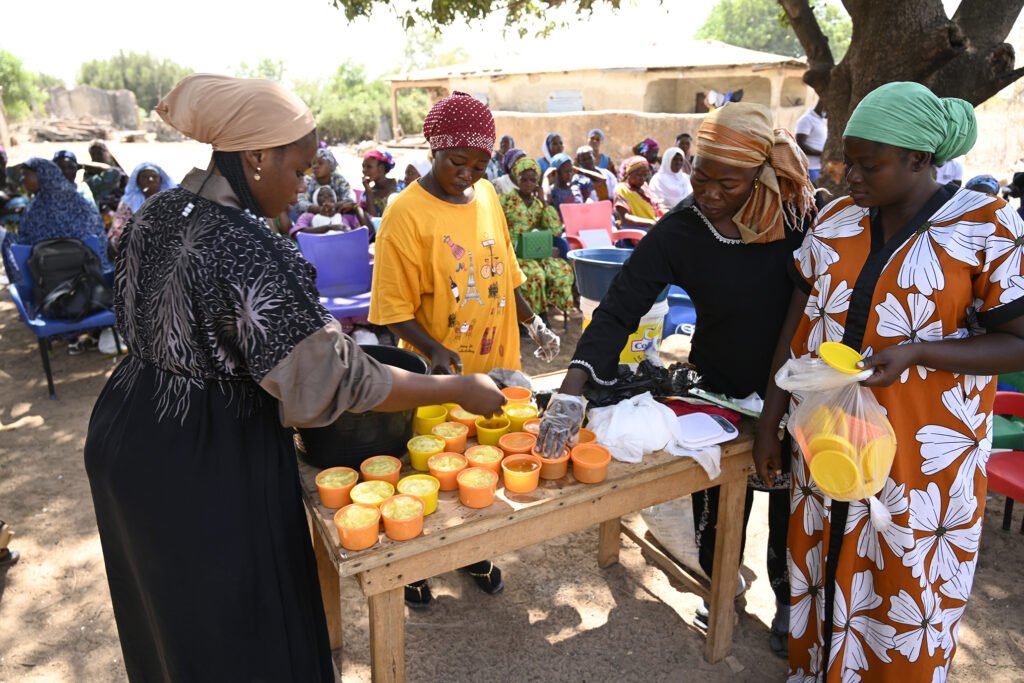
It is a symbol of resilience and economic empowerment. This golden treasure provides a sustainable income for women who painstakingly gather, dry, and process the nuts into a rich butter renowned worldwide for its healing and moisturizing properties.
Beyond its nuts, the shea tree produces a sweet, edible fruit packed with vitamins and nutrients. Its pulp is an excellent source of vitamin C, fiber, and antioxidants, which boost immunity, aid digestion, and promote overall health.
The fruit, often consumed fresh, serves as an essential source of nourishment for rural communities.
However, the journey from shea nut to shea butter is a laborious process requiring skill, patience, and sheer determination.
Women venture into the wild, walk long distances to collect fallen shea nuts.
After gathering, the nuts are boiled, sun-dried, and cracked open to reveal the kernels. These kernels are then roasted, grinded, and kneaded by hand until the oil separates from the solids, forming the smooth, fragrant butter which is now a staple in beauty and pharmaceutical industries, globally.
Shea butter is not the only valuable product derived from this remarkable tree. The shea nut also yields a highly nutritious cooking oil used traditionally in West African cuisine.
Rich in healthy fats, it promotes heart health and serves as a healthier alternative to palm oil and other cooking oils.
As global interest in natural and sustainable products grows, the demand for shea butter has surged.
Major cosmetic brands have embraced it as a key ingredient in lotions, hair products, and medicinal ointments, thanks to its high concentrations of vitamins A and E and anti-inflammatory properties.
Additionally, the food industry now recognises shea butter as a viable alternative to cocoa butter in chocolate production, further expanding its market value.
Yet, despite its growing international appeal, the shea industry faces significant challenges.
Climate change threatens the sustainability of shea trees, while middlemen and unfair pricing structures often limit the earnings of the women who produce the butter.
However, initiatives promoting fair trade, value addition, and sustainable harvesting practices offer hope for better economic returns for shea producers.
Organisations and cooperatives are working tirelessly to protect the shea tree and enhance the livelihoods of shea butter producers.
By introducing modern processing techniques, offering training programmes, and securing fair trade agreements, these efforts are ensuring that the legacy of shea butter continues to benefit local communities for generations to come.
Maria Johana Yuorpor, one of the women leading this transformation is a dedicated shea butter processor. For over a decade, she has championed quality production while equipping women with the skills to refine and add value to this ‘women’s gold.’
Maria’s journey into the shea butter industry was not one of mere chance but of deep-rooted passion and an unyielding commitment to uplift her community.
Growing up in a region where shea butter was a staple in homes used for cooking, skincare, and medicinal purposes, she witnessed firsthand its potential as a tool for economic empowerment.
Determined to make a difference, she immersed herself in intensive research and training, perfecting her craft to meet international standards.
Over the years, her expertise and commitment to quality production have earned her local and international recognition, shining a spotlight on Upper West shea butter.
According to Maria, the best shea butter comes from the Upper West Region due to the naturally rich and unpolluted environment in which shea trees flourish.
“The climate and soil here give our shea nuts a unique richness, which translates into high-quality butter with superior texture and moisturizing properties as well as the best way of processing it,” she explains.
Maria said, said when she begun understanding the importance of value addition, she started training women in her community on advanced processing techniques, including refining, packaging, and product diversification.
“Today, many of my trainees have expanded beyond producing raw shea butter to crafting soaps, body creams, and essential oils, all tailored for export markets”, she added.
To further enhance the shea industry and support women entrepreneurs, the Kosmos Innovation Center (KIC) among many organisations has stepped in with training and funding opportunities.
Mrs. Mercy Tuffour, Gender and Safeguarding Specialist in an interview said, KIC through their initiatives were training women on modern techniques in product formulation, branding, and market access, allowing them to elevate their shea-based businesses.
She emphasised the significance of these interventions: “We are committed to equipping women with the skills and resources needed to create high quality shea products that can compete in both local and international markets.
By adding value to raw shea butter, these women are transforming their livelihoods and securing better financial futures, where Northern Ghana becomes the hub of premium shea butter exports, driven by women entrepreneurs, she added.
She also advocated increased investment in shea butter processing facilities and seeks partnerships with global skincare and cosmetic brands to highlight Ghana’s superior shea butter.
As Maria Johana Yuorpor continues her mission, her story serves as an inspiration to many – proof that with passion, knowledge, and resilience, local resources can be transformed into global opportunities, changing lives one shea nut at a time.
Story/Photos from Geoffrey Buta, Nyoli, Upper West
-
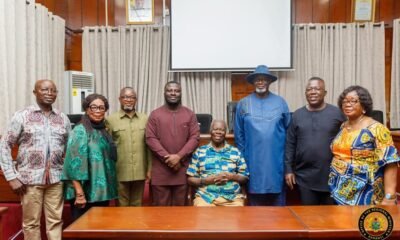
 News1 week ago
News1 week agoAshanti Regional minister meets former ministers
-

 News1 week ago
News1 week agoAfrican Tourism Partners appoints Feancis Doku as West Africa Regional Representative
-

 News1 week ago
News1 week agoFurnish my office with list of all frequency authorisations issued in last 60 days – Sam George instructs NCA Ag.General








